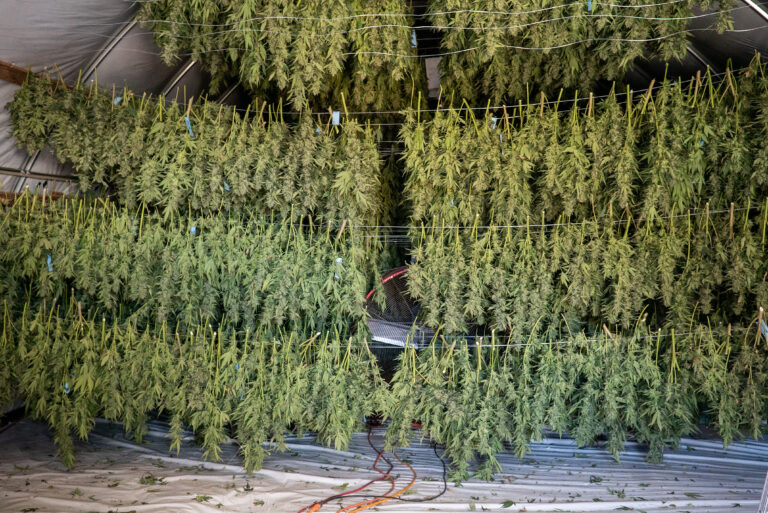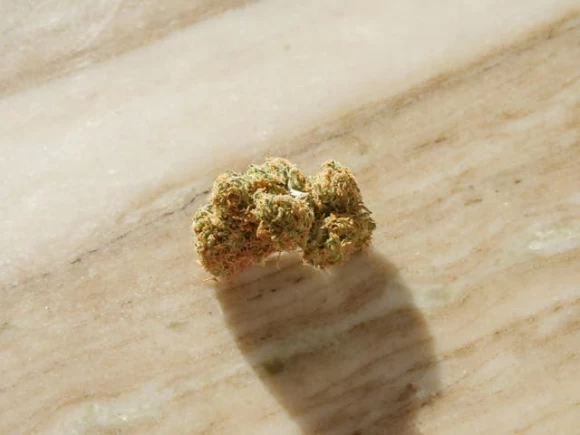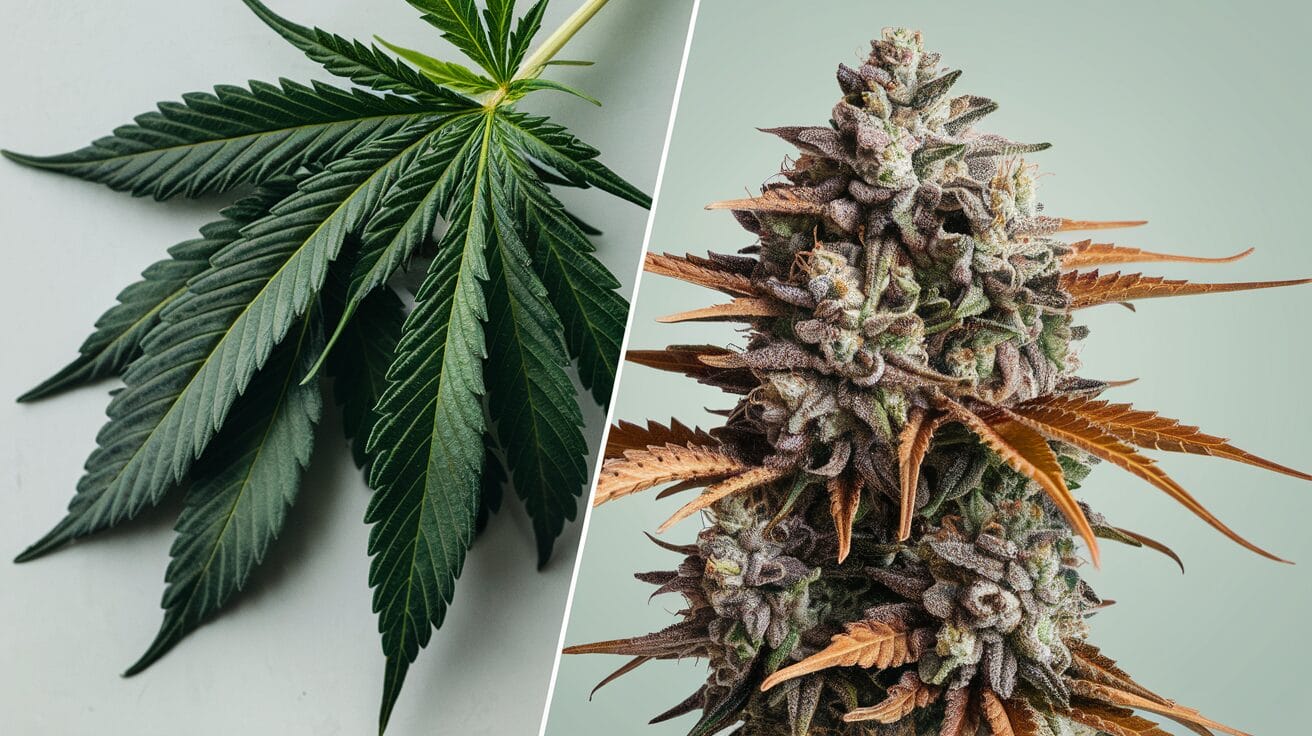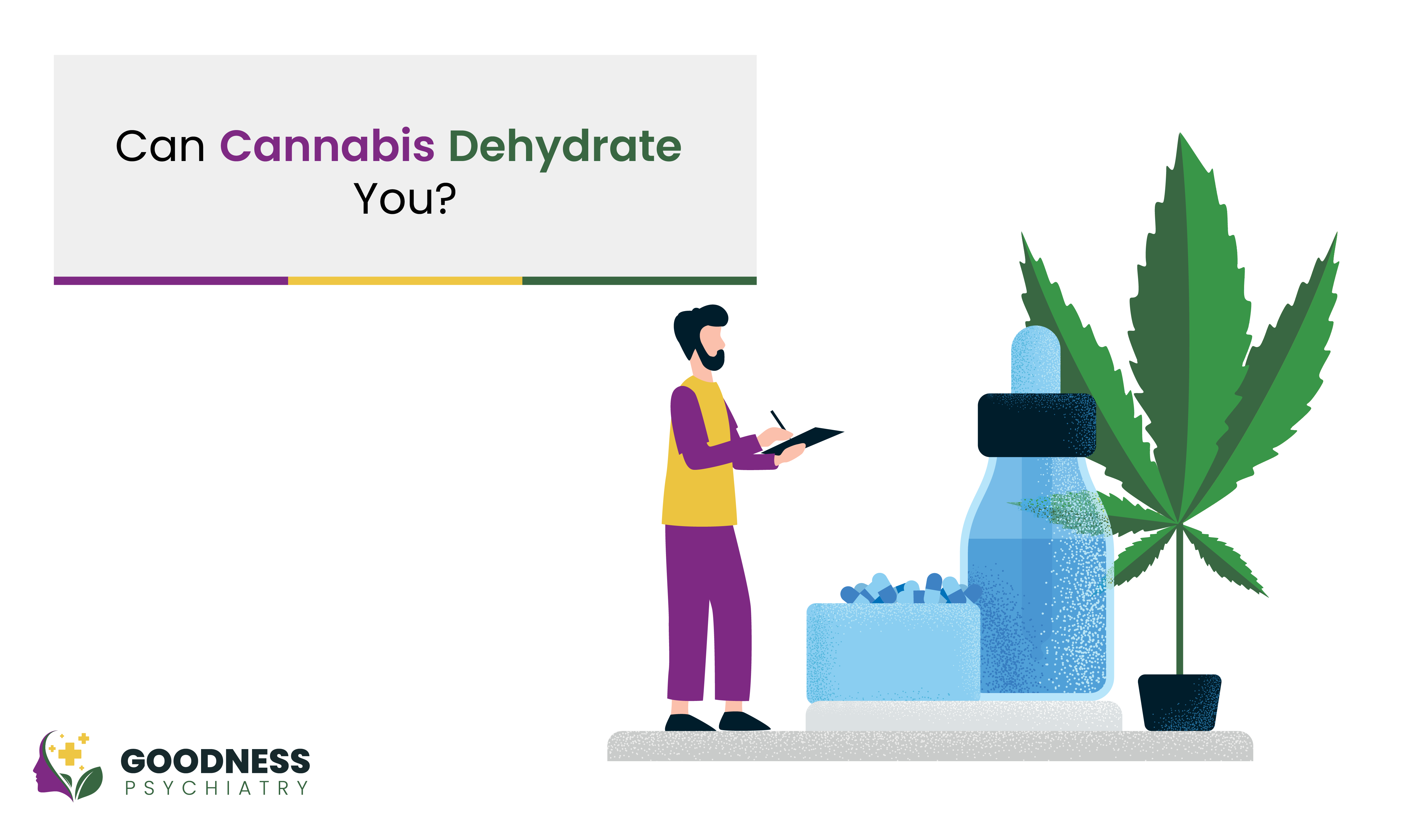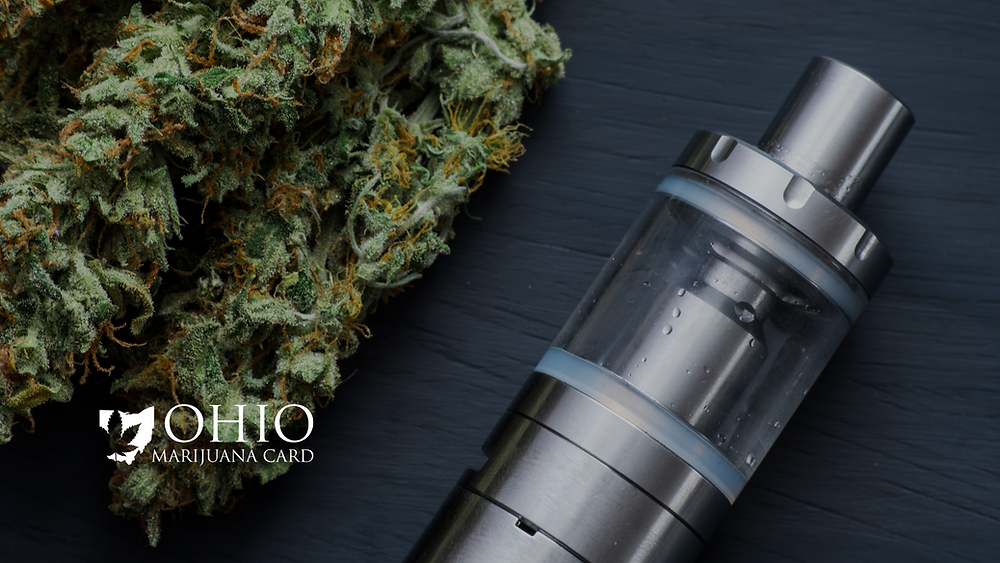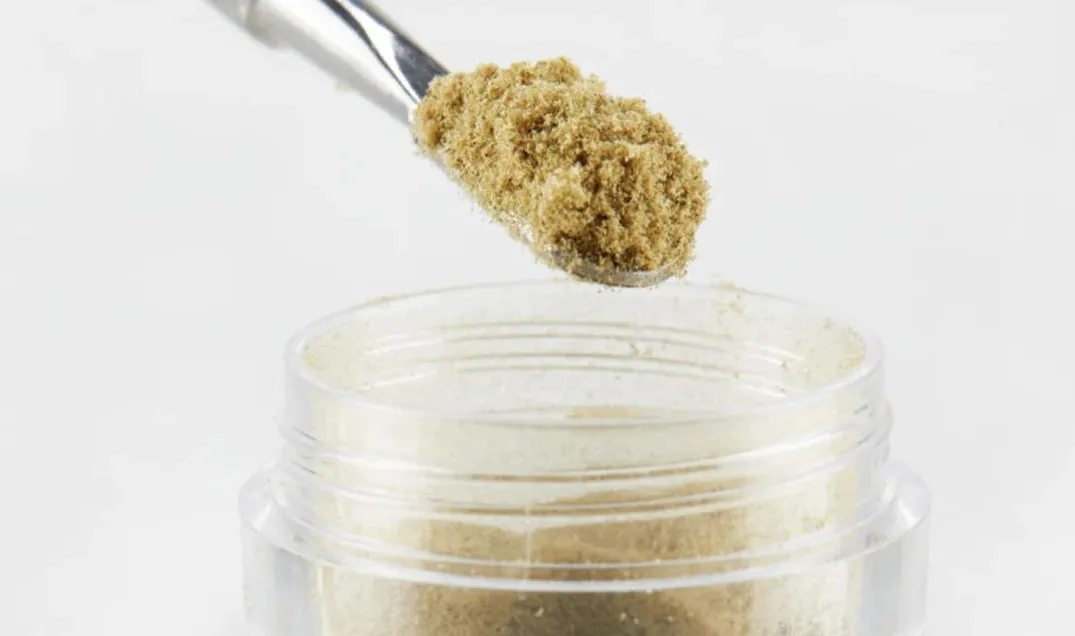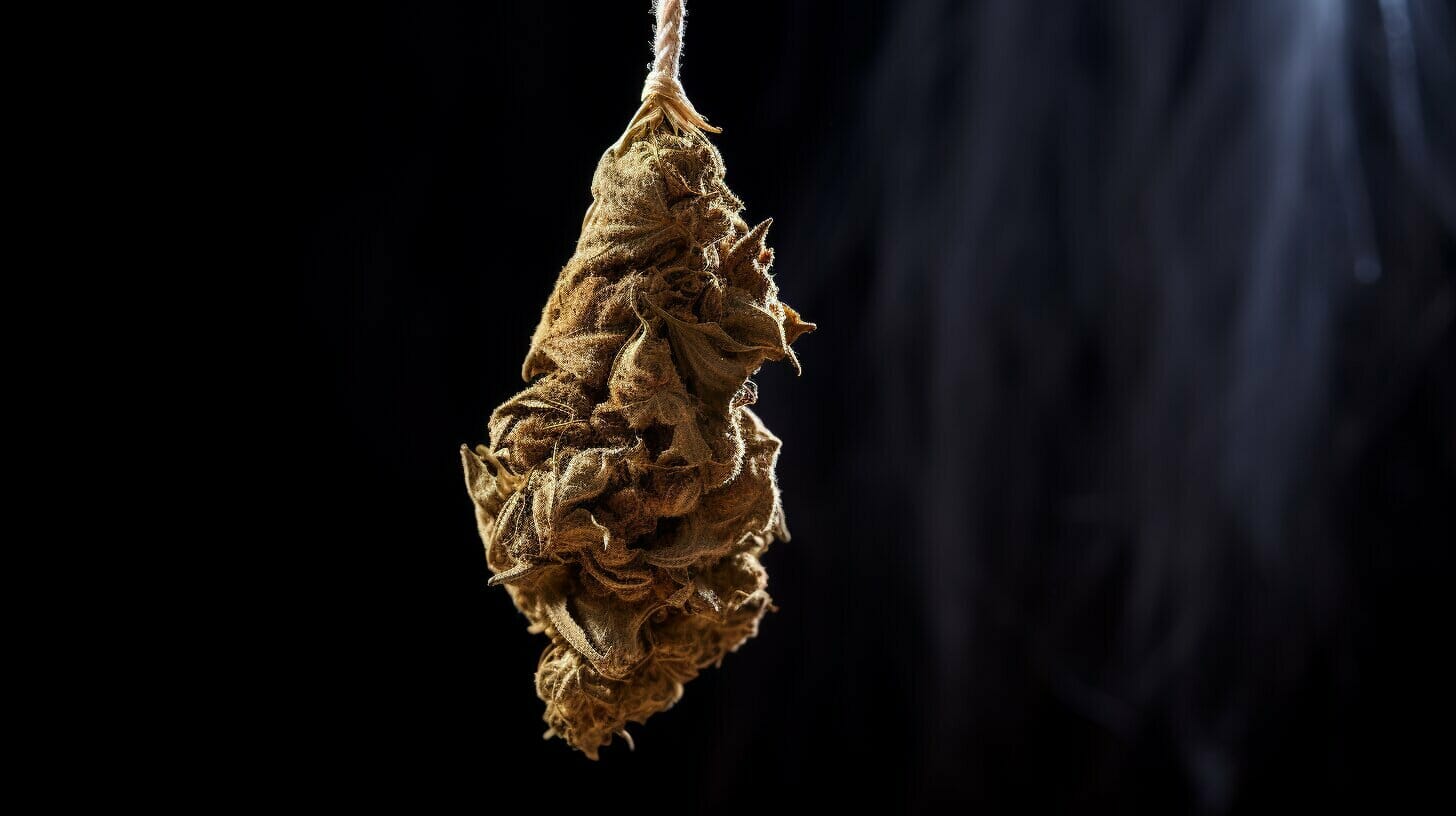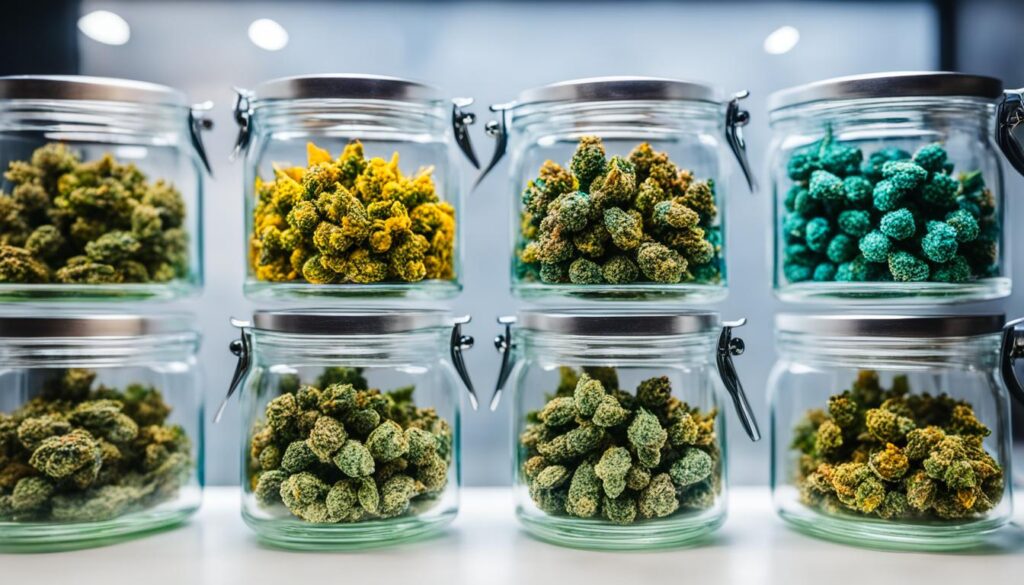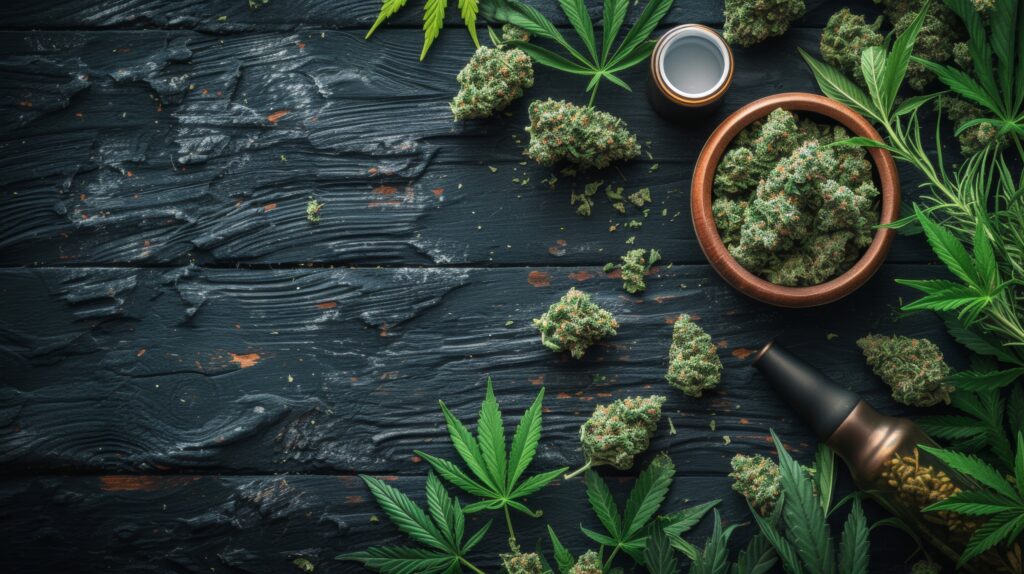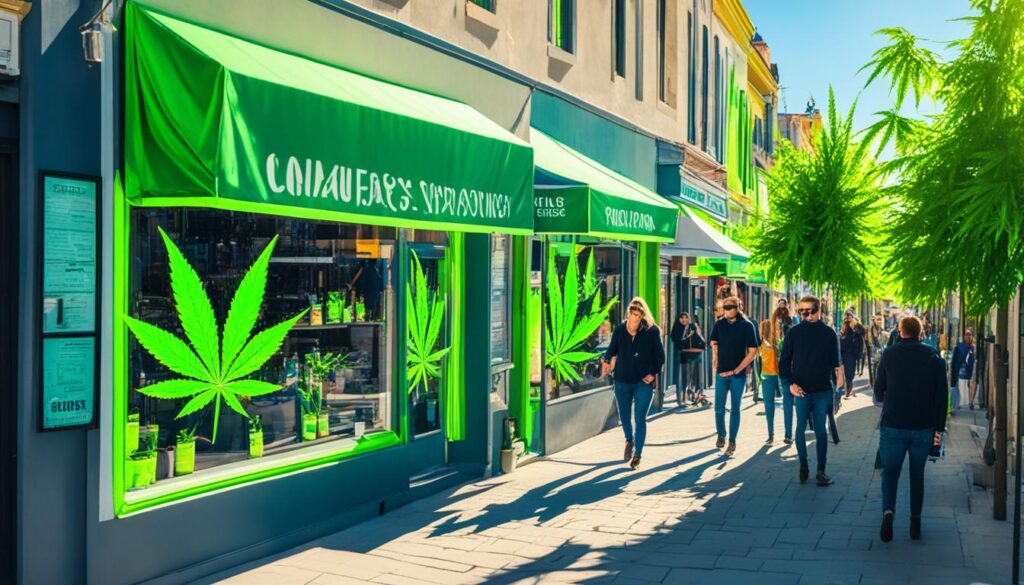Why Is Dispensary Weed So Dry

Walk into many licensed cannabis dispensaries across the United States and Canada, and you might encounter a common complaint: the weed is too dry. This issue, while seemingly minor, affects the consumer experience, the potency of the product, and ultimately, the reputation of the legal cannabis industry.
This article will explore the reasons behind the pervasive dryness of dispensary weed, examining factors from cultivation and storage to regulations and consumer preferences. Understanding these elements is crucial for both consumers and businesses in the rapidly evolving cannabis market.
The Journey from Farm to Shelf
The issue often begins during the cultivation and harvesting processes. Many large-scale cannabis operations prioritize efficiency over meticulous handling, leading to practices that can inadvertently strip the buds of moisture.
According to a 2022 report by the Cannabis Research Institute, large-scale drying facilities, while effective for processing large quantities, can sometimes be overly aggressive. Quick drying methods, often employed to meet market demand, can lead to moisture loss and terpene degradation.
Curing, the critical process of slowly drying cannabis to enhance flavor and potency, is sometimes rushed or skipped entirely. Improper curing significantly contributes to the dry, brittle texture consumers often experience.
Storage and Packaging Woes
Once the cannabis leaves the cultivation facility, storage and packaging play a crucial role in maintaining its moisture content. Many dispensaries rely on bulk storage solutions to manage inventory.
However, inadequate humidity control in these storage areas can quickly lead to dehydration. In many states, strict regulations require cannabis to be stored in specific containers and often these are not optimal for preserving moisture.
Packaging is another contributing factor. Plastic containers, while offering convenience and tamper-proofing, can lack the air-tight seal necessary to prevent moisture evaporation. Some dispensaries are exploring alternative packaging solutions, such as glass jars with humidity packs, to address this issue.
The Regulatory Landscape
Regulations designed to ensure product safety and prevent diversion can inadvertently contribute to dryness. Many states mandate specific moisture content levels to prevent mold growth, often erring on the side of dryness.
According to the National Cannabis Industry Association (NCIA), some regulations prioritize safety over product quality, leading to a trade-off that affects the consumer experience. These rules are necessary, but sometimes a balancing act between safety and product quality might be better.
Stringent testing requirements, while essential for ensuring product safety and accurate dosing information, can also contribute to the problem. The testing process often involves drying samples, and if not carefully managed, this can further reduce the moisture content of the final product.
Consumer Preferences and Misconceptions
Surprisingly, some consumer preferences inadvertently contribute to the prevalence of dry weed. Some consumers mistakenly believe that drier cannabis is more potent, associating dryness with a higher concentration of THC.
This misconception can influence purchasing decisions, leading dispensaries to prioritize drier products to meet perceived consumer demand. Education is key in dispelling these notions and informing consumers about the benefits of properly cured and stored cannabis.
The perception that drier cannabis grinds more easily is another common misconception. Proper storage and humidity control not only preserve the quality of the weed but can also improve the ease of grinding.
The Impact on the Cannabis Experience
Dry cannabis burns faster and harsher, leading to a less enjoyable smoking experience. The loss of terpenes, the aromatic compounds that contribute to the unique flavor and effects of different cannabis strains, is a significant consequence of dryness.
Terpenes are volatile compounds that readily evaporate when exposed to air and heat. Dry cannabis typically has a muted aroma and flavor profile compared to properly hydrated buds.
Furthermore, dry cannabis can be less potent. While THC itself doesn't evaporate, the degradation of other cannabinoids and terpenes can diminish the overall effect, known as the "entourage effect."
Solutions and Future Directions
Addressing the issue of dry dispensary weed requires a multi-faceted approach. Cultivators need to refine their drying and curing techniques, prioritizing slow and controlled processes over rapid dehydration.
Dispensaries should invest in proper storage solutions, including humidity-controlled environments and appropriate packaging. Educating budtenders and consumers about the importance of humidity control is also essential.
Regulators should consider reviewing and adjusting moisture content regulations to strike a better balance between safety and product quality. Collaboration between industry stakeholders, regulators, and researchers is crucial for developing best practices that ensure consistent product quality and a positive consumer experience.
A Human Angle: The Budtender's Perspective
Many budtenders express frustration with the issue, as they are often the first point of contact for customer complaints. "It's tough to sell a product you know isn't at its best," says Sarah Miller, a budtender at a dispensary in Denver. "We try our best to educate customers on how to rehydrate their weed, but it shouldn't have to come to that."
Budtenders often serve as educators, advising customers on how to rehydrate dry cannabis using various methods, such as humidity packs or orange peels (though the latter is not always recommended). Their role highlights the need for systemic improvements throughout the cannabis supply chain to prevent dryness in the first place.
Conclusion
The prevalence of dry weed in dispensaries is a complex issue stemming from cultivation practices, storage methods, regulations, and even consumer preferences. Addressing this problem requires a collaborative effort from all stakeholders in the cannabis industry.
By prioritizing proper drying, curing, storage, and education, the cannabis industry can ensure that consumers receive a high-quality product that delivers the intended effects and a satisfying experience. The future of the legal cannabis market depends on continuously improving standards and meeting the expectations of discerning consumers.
Ultimately, the quest for perfectly hydrated weed is a pursuit of quality, flavor, and the full potential of the cannabis plant.
